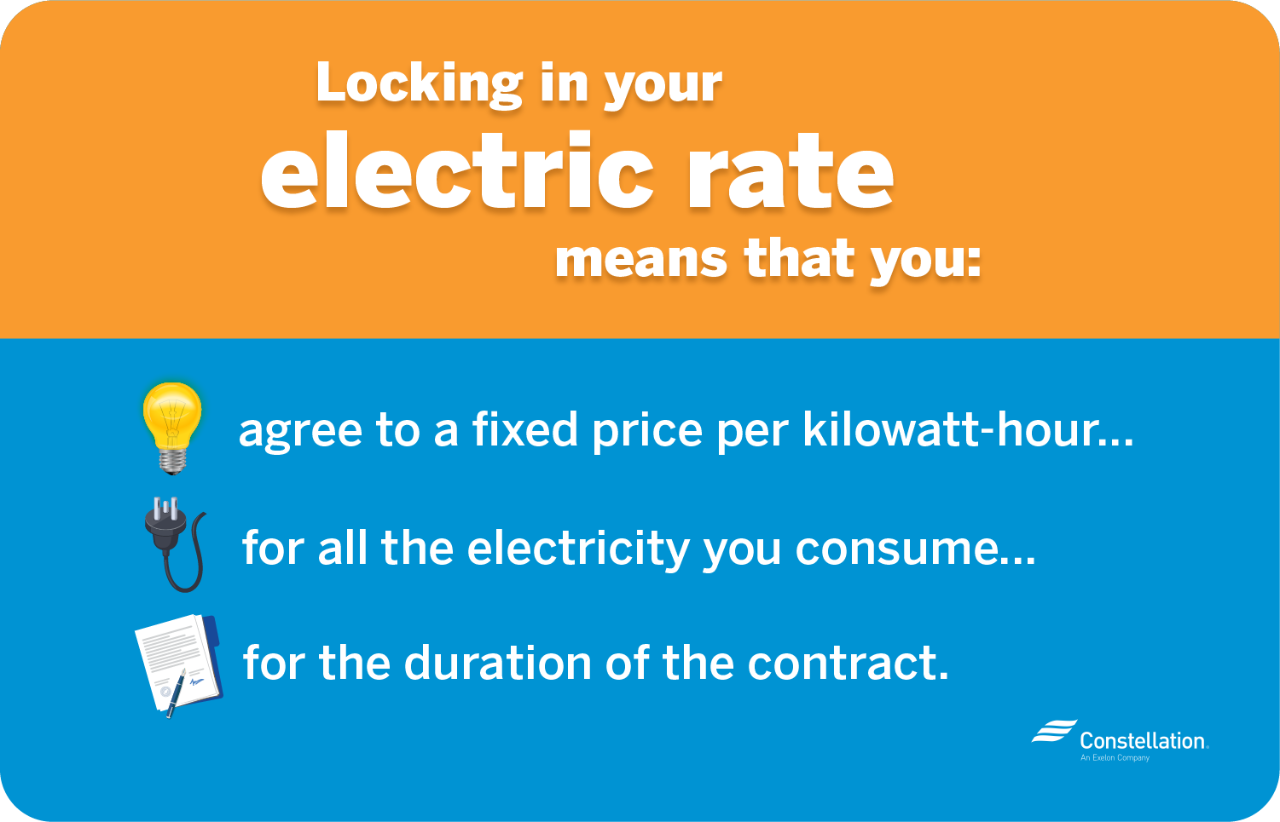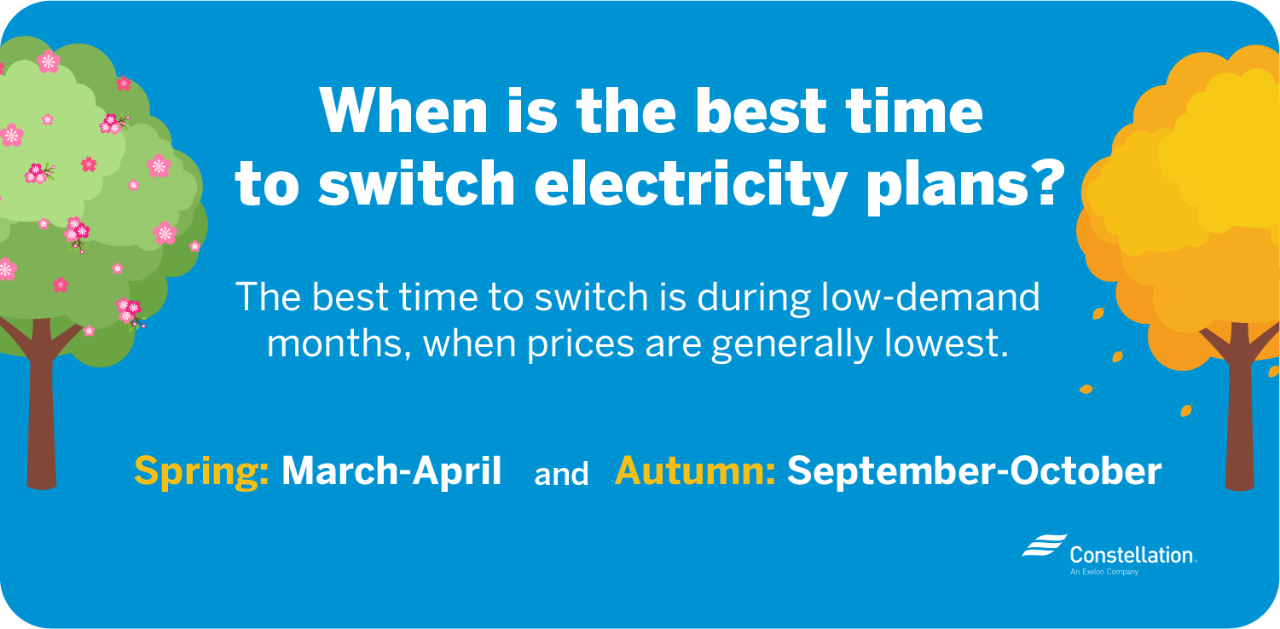Energy providers sometimes offer two main choices in how to pay for your electricity. For many, locking in electric rates makes a lot of sense. But maybe you’re asking yourself: “Should I lock in my electric rate, or pay the market price every month and take the chance that rates will go down?” The answer depends on how you use electricity and how much risk you’re willing to accept. So, it pays to take a little time to weigh your options.
What it means to “lock in” electricity rates

Locking in electric rates means you agree to a fixed supply price per kilowatt-hour for all the electricity you consume for the duration of the contract. Like any commodity, electricity is sold at rates that vary according to demand. When demand is high, the price of electricity tends to go up. When you lock in a rate, that is the price you pay for the period of time you agree to in your contract, no matter what happens to the market price of electricity.
You can often lock in a price for a set amount of time, anywhere from a few months to a few years. The savings, if you time it right, can be significant.
What energy plans allow me to lock in my rate?
Energy providers may offer two kinds of plans for paying for electricity. Locking in electric rates at the same pre-contracted price for a period of time is one option. That plan is what’s called a fixed rate supply plan.
Another type of plan allows you to pay as you go with a variable rate. With this plan, you pay for the electricity you use monthly at the current market rate. It’s important to think carefully about how you use electricity in your household when comparing variable vs. fixed-rate options.
